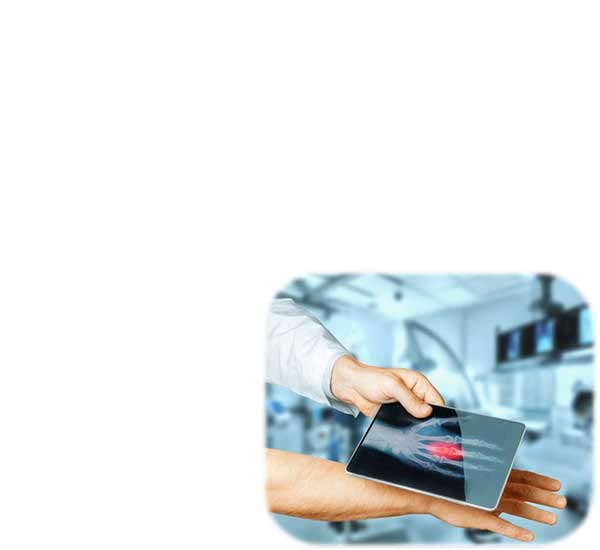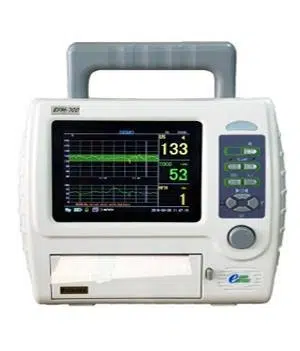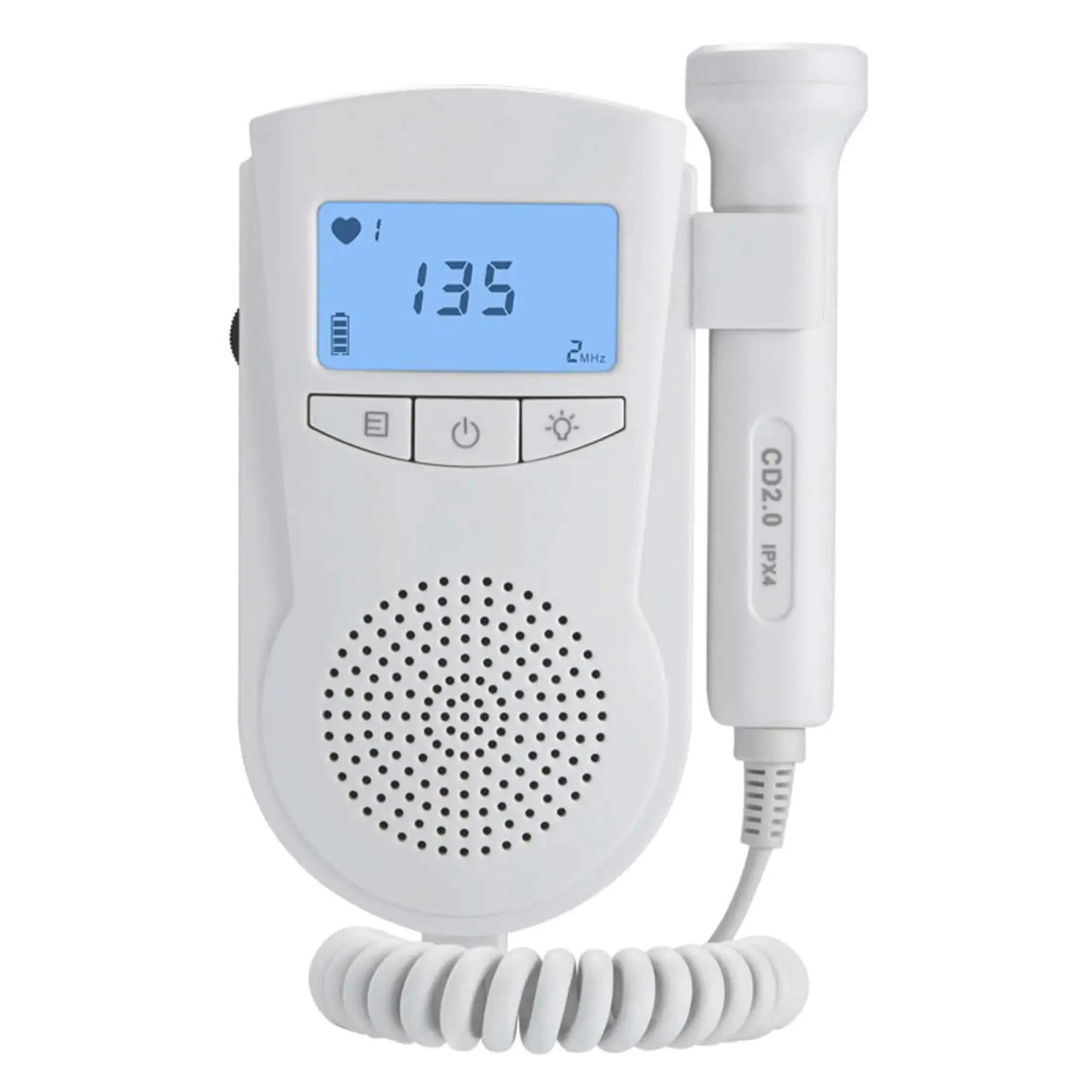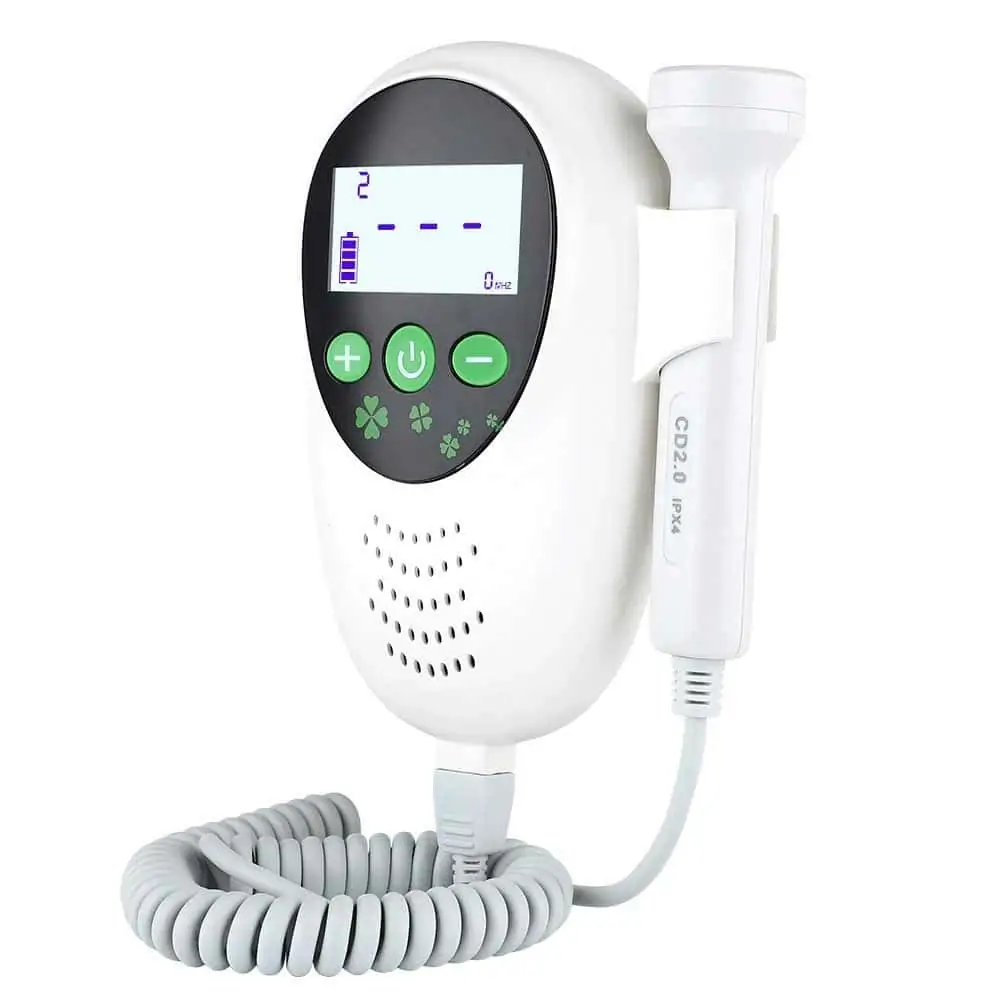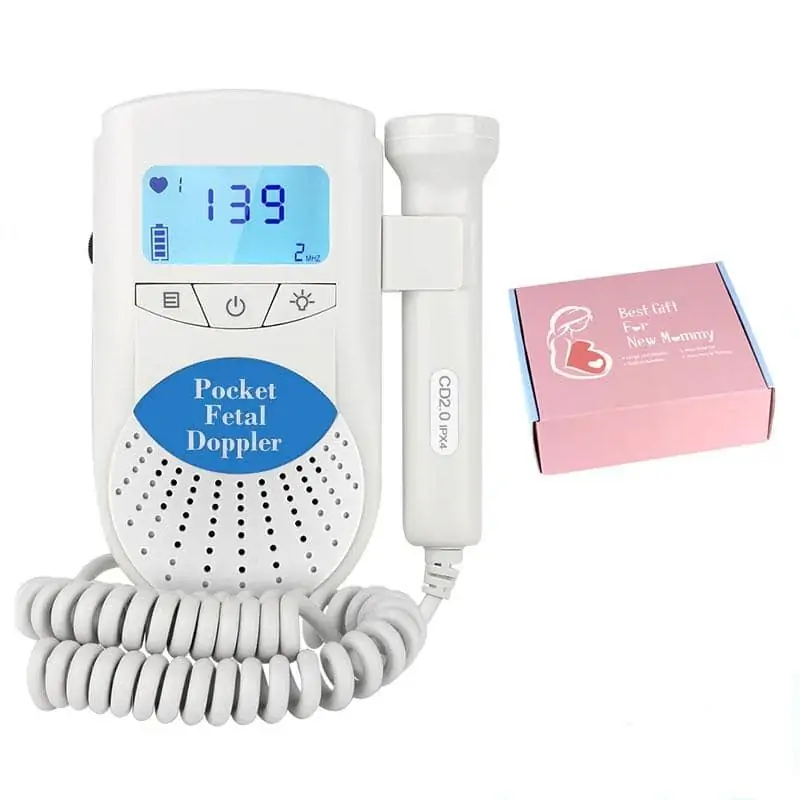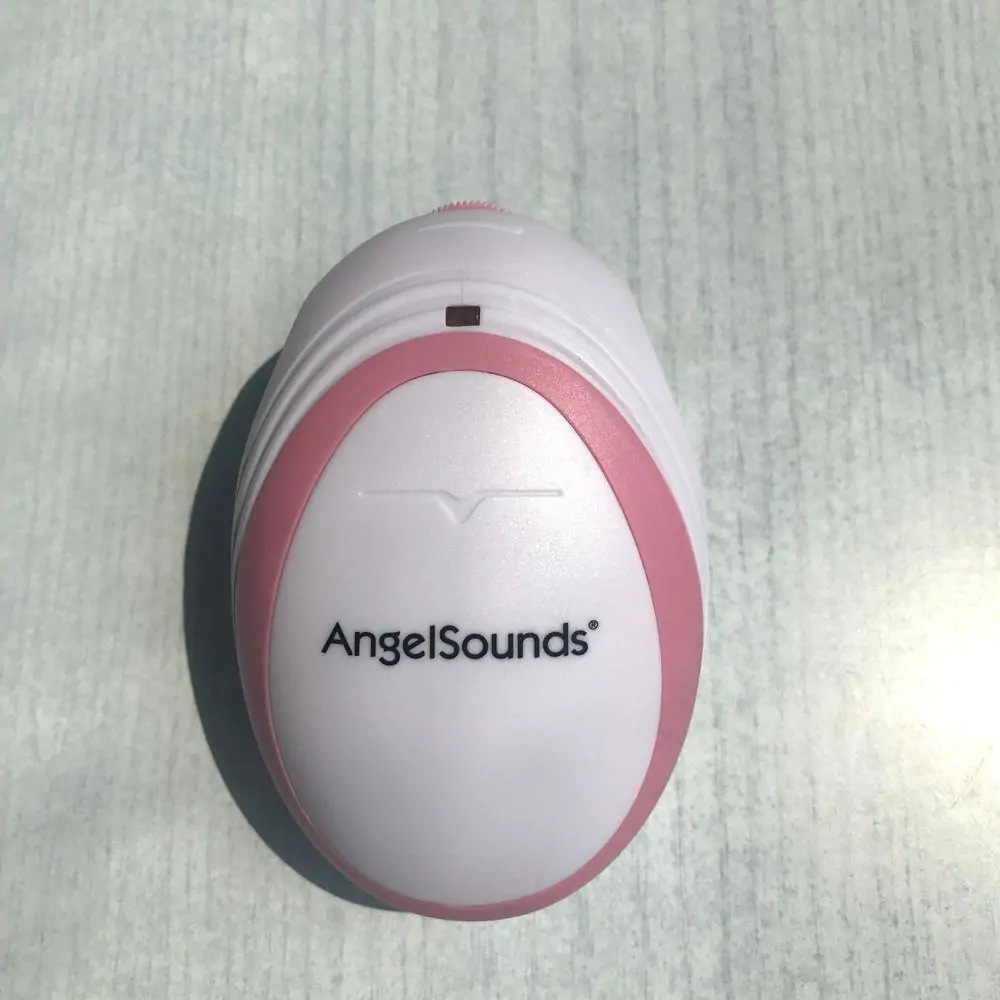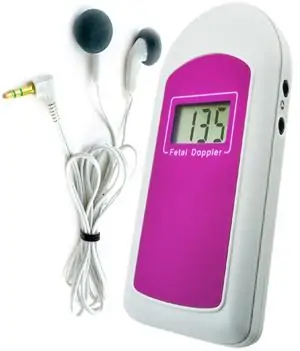Fetal Maternal Monitor: Essential Insights for Expecting Mothers Leave a comment
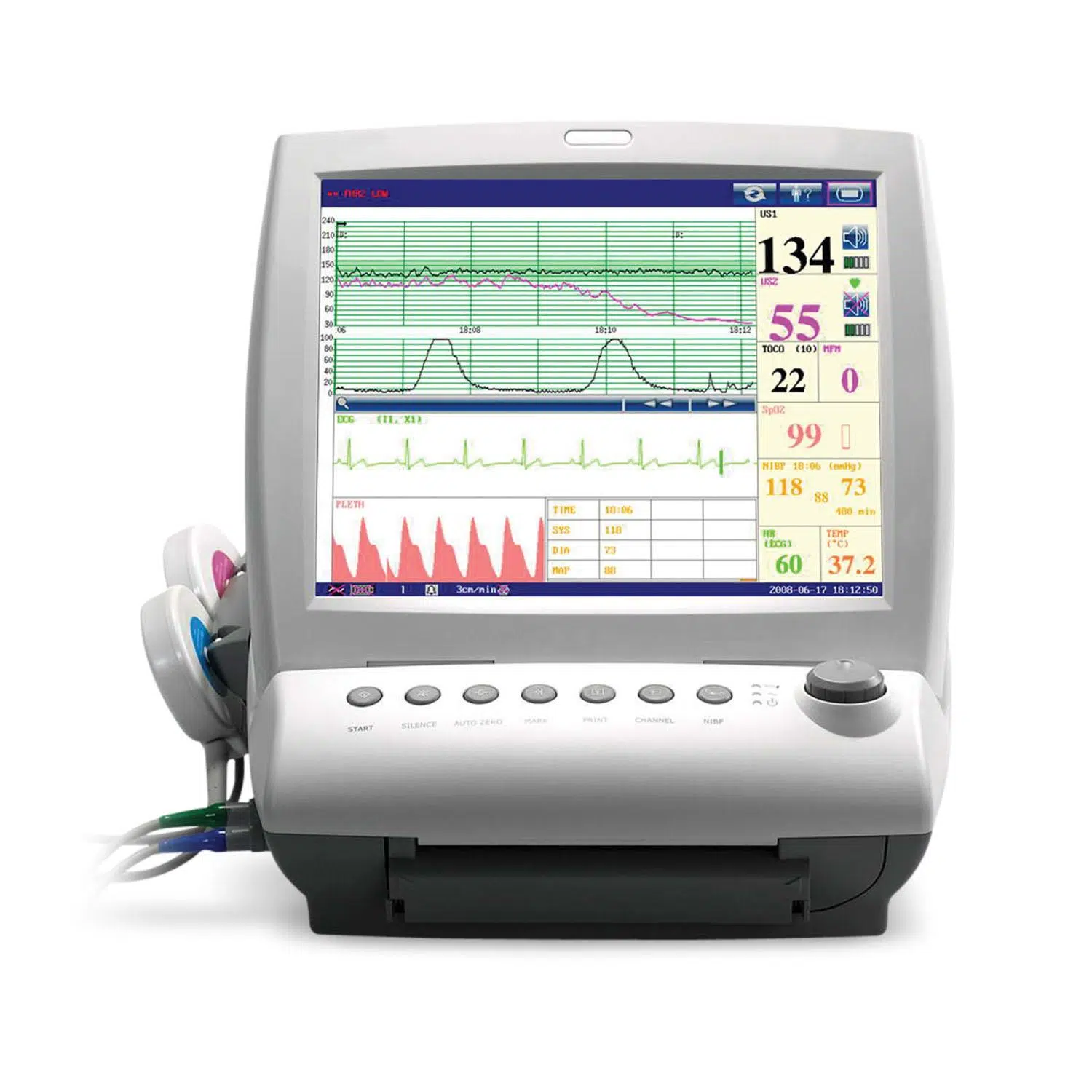
Fetal Maternal Monitor
If you’re an expecting mother or involved in prenatal care, understanding the technology behind fetal maternal monitors can be crucial for your and your baby’s health. these vital tools provide essential insights into the well-being of both the mother and fetus during pregnancy. In this extensive article, we will explore what fetal maternal monitors are, their importance, benefits, practical tips for using them, and much more.
What is a fetal Maternal Monitor?
A fetal maternal monitor, often referred to as a fetal monitor, is a medical device used to track the fetal heartbeat and the contractions of the uterus during pregnancy. These monitors play an essential role in prenatal care by allowing healthcare professionals to assess how well the fetus is coping with the challenges of pregnancy and labor.
Types of Fetal Maternal Monitors
-
- External Fetal Monitors: Used during labor, these monitors are placed on the mother’s abdomen to measure blood flow and uterine contractions.
-
- Internal Fetal Monitors: These offer a more precise measurement and are inserted through the cervix, affixed to the fetus’s scalp.
-
- Continuous Fetal monitors: These devices provide ongoing monitoring throughout labor and delivery.
-
- Wireless Fetal Monitors: An emerging technology allowing mothers more mobility during monitoring.
Importance of Fetal Maternal Monitoring
Fetal maternal monitors are indispensable in modern obstetric care. Here’s why:
-
- They help detect potential problems such as fetal distress, allowing for timely intervention.
-
- They provide crucial data during labor that informs decisions about delivery methods.
-
- They can definitely help assess the effectiveness of labor contractions.
-
- They are essential in high-risk pregnancies, offering continuous monitoring.
How Fetal Maternal Monitors Work
Fetal maternal monitors typically use a combination of ultrasound technology and electronic sensors to track the fetal heartbeat and uterine contractions. The fetal heart rate is displayed in real-time on a monitor, allowing both healthcare providers and families to observe the baby’s well-being.
Benefits of Fetal Maternal Monitors
Utilizing fetal maternal monitoring has numerous benefits:
Enhanced Safety for Mother and Baby
Monitors provide essential data that helps ensure the well-being of both mother and baby, allowing for fast decisions when necessary.
Early Detection of Complications
healthcare providers can identify potential complications and act quickly, which is vital during labor.
Improved Birth Outcomes
Timely data from fetal monitors often leads to better birth outcomes, decreasing risks associated with prolonged labor.
Practical tips for monitoring
If you or a loved one will be using a fetal maternal monitor, consider these tips:
-
- Understand the Process: Familiarize yourself with how the monitor works and what to expect during the process.
-
- Stay Calm: Stress can impact fetal heart rate; maintaining a calm environment is essential.
-
- Ask Questions: Don’t hesitate to ask your healthcare provider about the data being collected and its implications.
Case Studies
Here are a couple of real-world examples that illustrate the significance of fetal maternal monitors:
Case Study 1: Timely Intervention
In a recent case, a mother-to-be was using a fetal monitor during labor, which indicated an abnormal heart rate pattern. The healthcare team acted quickly, performing an emergency C-section that ensured both mother and child were safe.
Case Study 2: Continuous Monitoring for High-Risk Pregnancy
A mother with a history of gestational diabetes benefited from continuous monitoring during her labor. The fetal monitor allowed for real-time adjustments to her care, ultimately leading to a successful delivery with minimal complications.
Frist-Hand Experience
Many mothers share their experiences with fetal monitoring:
“Watching the fetal monitor during my labor was both nerve-wracking and reassuring. Knowing the team was monitoring every heartbeat made me feel supported and cared for.” – Emily R.
Conclusion
Fetal maternal monitors are essential tools in prenatal care that play a critically important role in ensuring the safety and health of both mother and fetus. By understanding how these devices work and the benefits they provide, expecting mothers can take a more active role in their prenatal care. From enhancing safety to allowing for timely interventions, fetal maternal monitors are at the forefront of modern obstetrics, giving parents peace of mind during one of life’s most critical moments.
FAQs
-
- Is fetal monitoring always necessary? – not always. It depends on the pregnancy’s risk level and the health of the mother and fetus.
-
- Can I move around while using a fetal monitor? – It depends on the type of monitor used. External monitors often allow for more mobility than internal ones.
-
- Are ther any risks associated with fetal monitoring? – In general, the benefits outweigh the risks; though, some discomfort can occur, especially with internal monitors.



